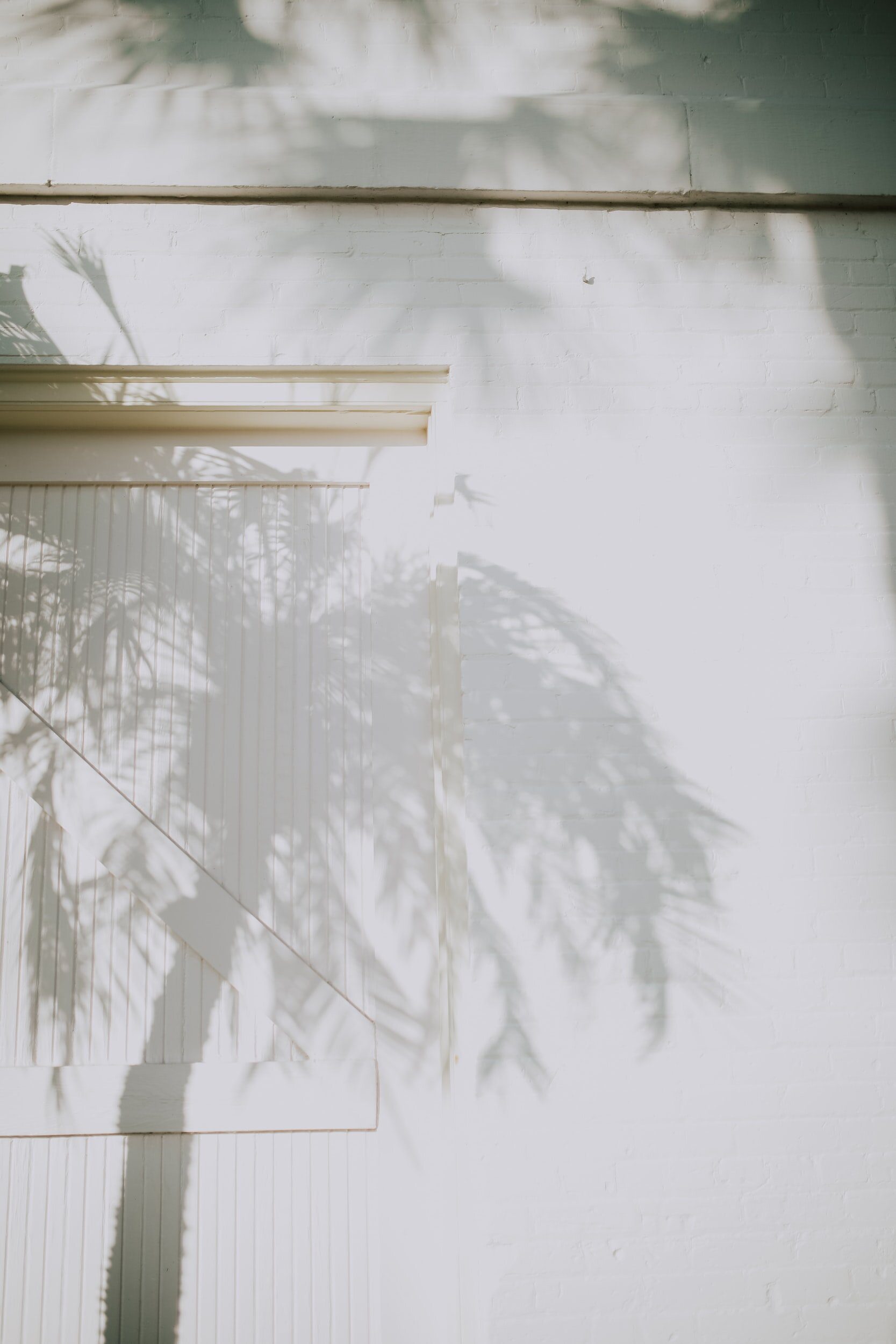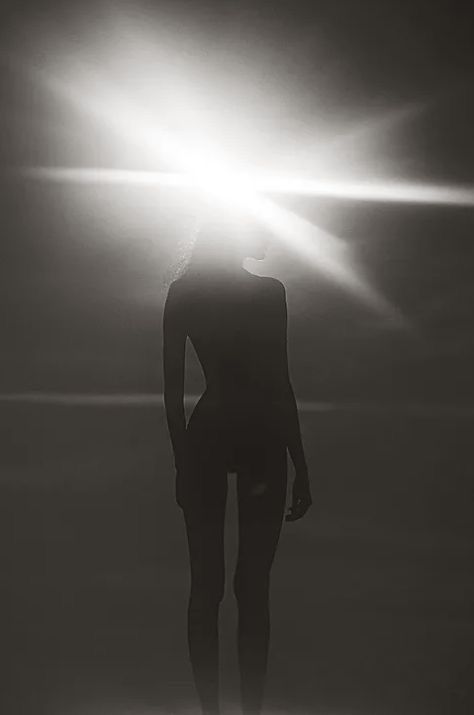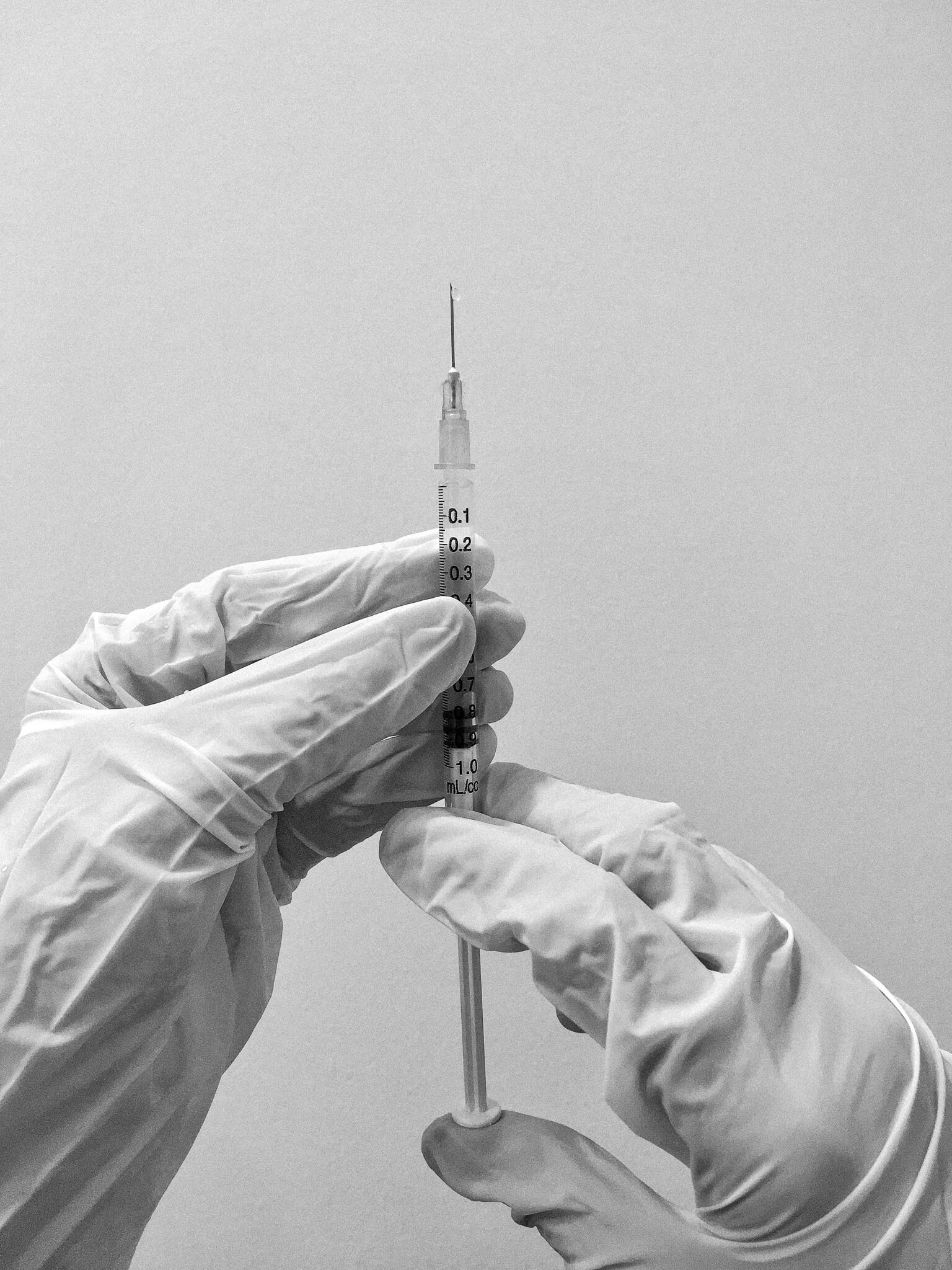aescend aesthetics
How much extra protection does a hat give?

Well kind of obviously, but maybe also not so obviously, this is largely dependent on the style of hat, the fabric it is made from and the weather conditions on the day.
⠀⠀⠀⠀⠀⠀⠀⠀⠀
We all know hats are an important part of sun safety, because of the additional protection they provide through shading. Although they rarely provide sufficient protection alone, they are particularly useful for increasing protection to areas of the face – scalp, nose, forehead, cheeks, neck and ears.
⠀⠀⠀⠀⠀⠀⠀⠀⠀
According to ARPANSA (Australian Radiation Protection and Nuclear Safety Agency), a legionnaire’s provides the greatest all-round protection, closely followed by bucket, and brimmed hats. Because of their inferior coverage of the cheeks, ears, chin and neck; baseball caps perform the worse. In terms of protecting these areas, the baseball cap essentially confers no advantage.
So what about fabric? Well fortunately most hat-fabrics are reasonable UV blockers, however remember that if you opt for straw, the perforations in the weave will prevent complete protection and allow a degree of UV penetration…so look for a lined hat.
⠀⠀⠀⠀⠀⠀⠀⠀⠀
And although it seems counterintuitive, hats are MOST important on overcast days due to increased UV scattering and refraction that is created by cloud cover!



